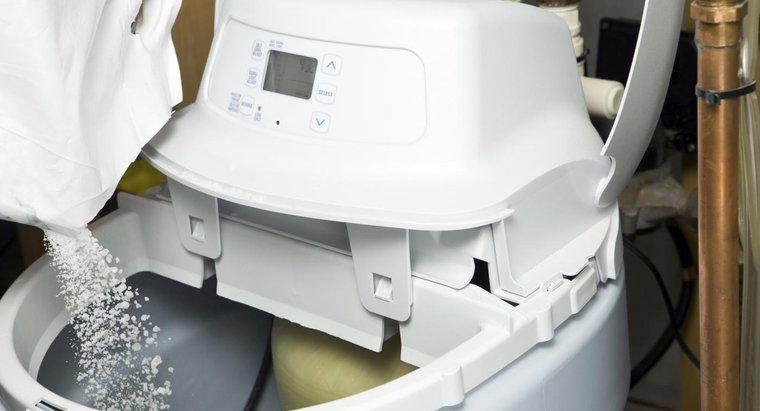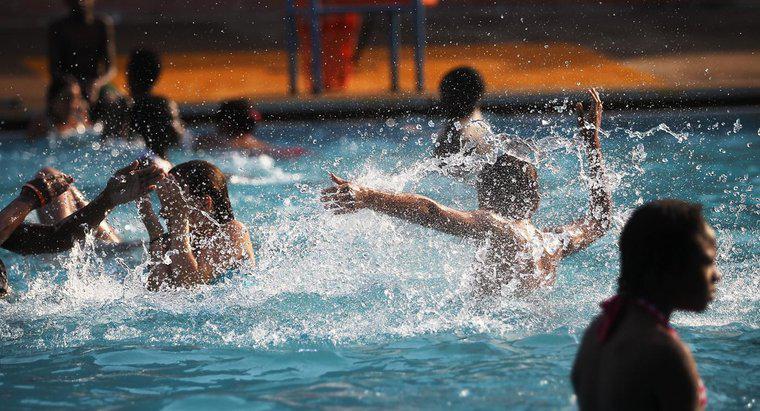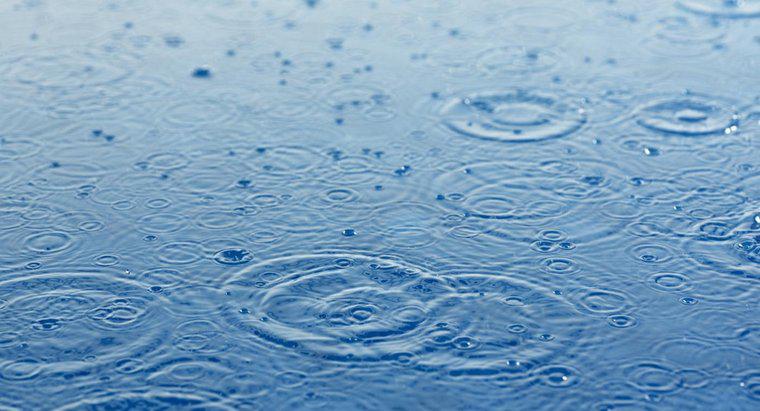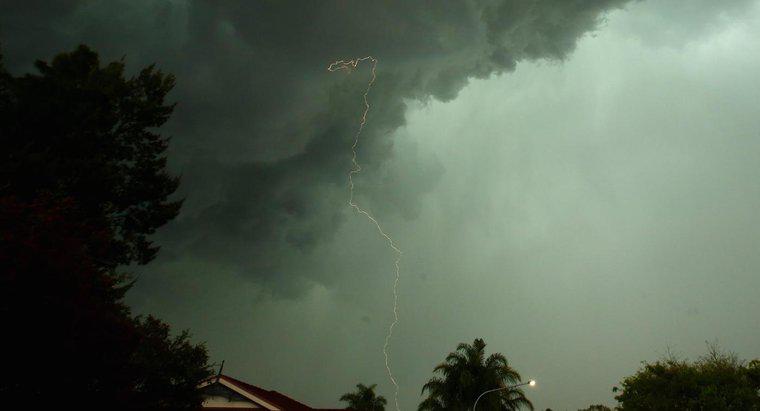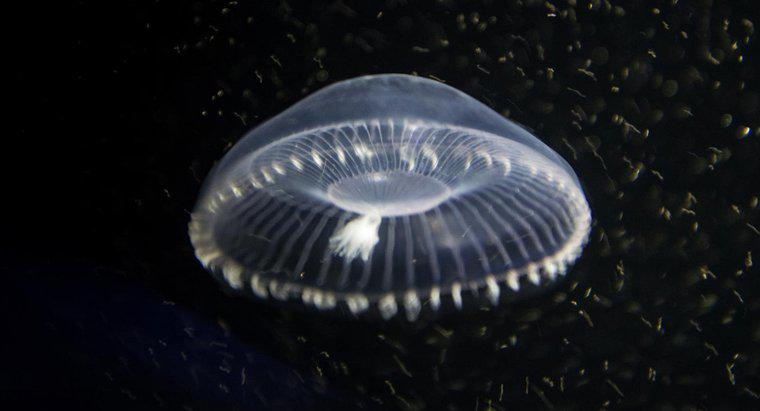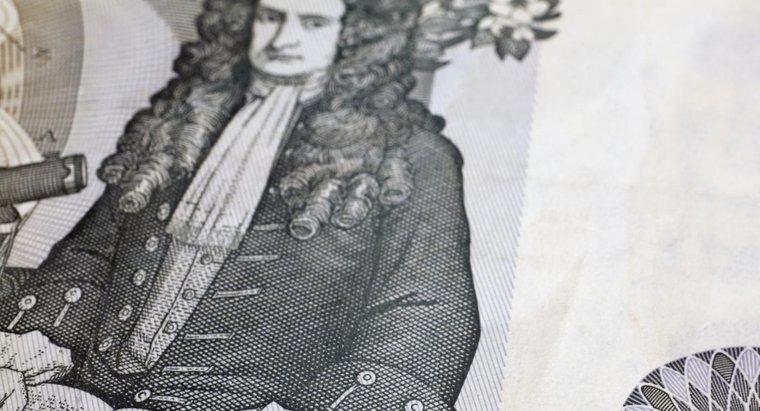Damit ein Chloratom zu einem Chloridion wird, muss es ein Elektron aufnehmen. Das Chloridion hat eine negative Ladung und wird als Cl- geschrieben. Chlor nimmt ein Elektron auf, weil es sieben Valenzelektronen hat, und um ein volles Oktett zu sein, nimmt es ein Elektron auf.
Ein Chloridion wird als Anion bezeichnet. Seine Elektronenkonfiguration ist 1s2 2s2 2p6 3s2 3p6. Die Elektronenkonfiguration von Chlor ist 1s2 2s2 2p6 3s2 3p5.
Chlor, ein Halogen, hat 17 Protonen, 17 Elektronen und 18 Neutronen. Das Atomgewicht beträgt 35,453 Gramm pro Mol. Es ist ein grünlich-gelbes Gas, das giftig ist und die Atemwege, Haut und Augen reizen kann.
